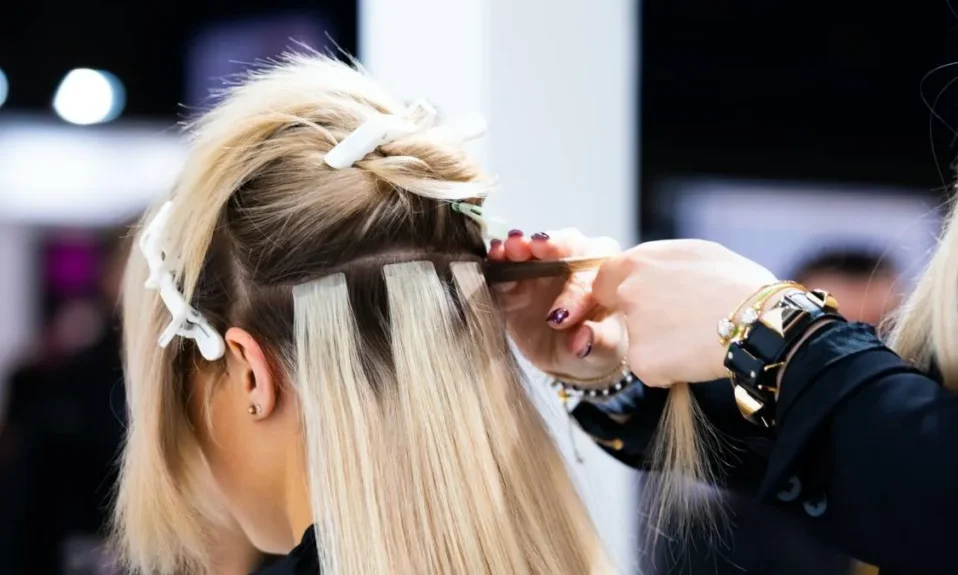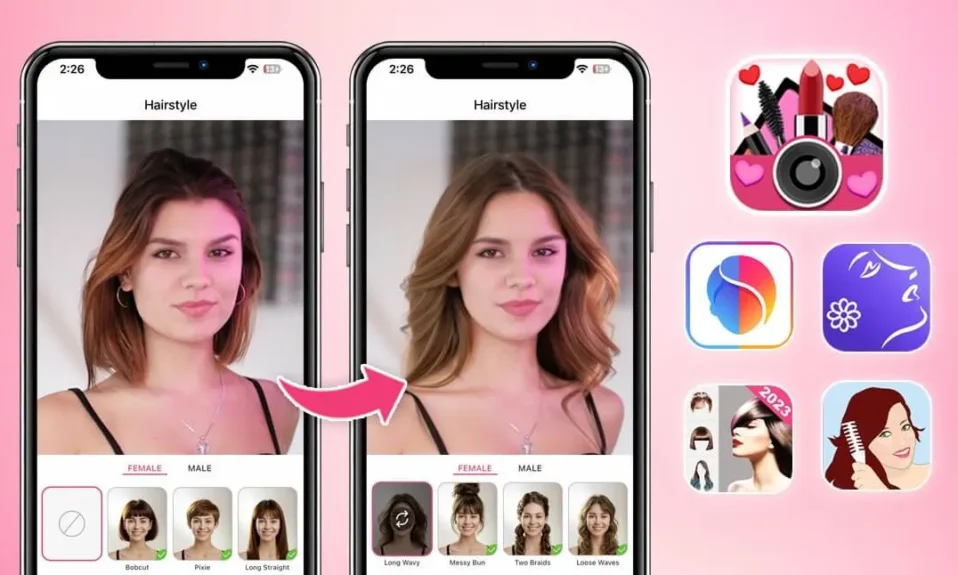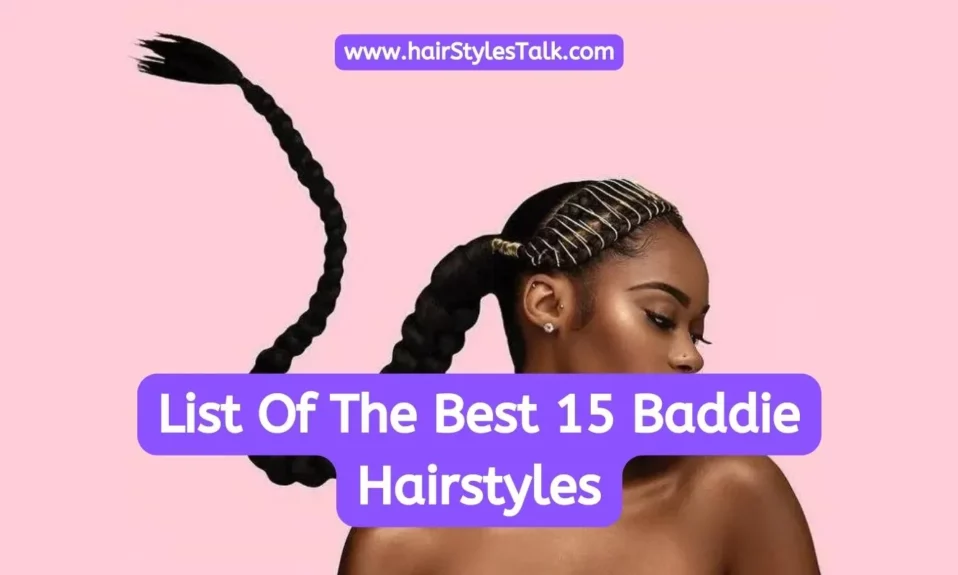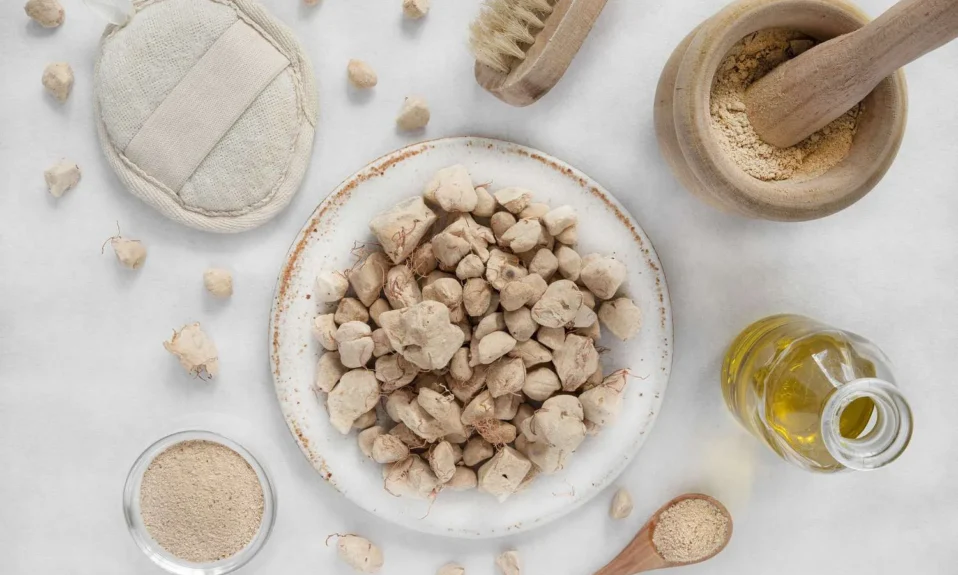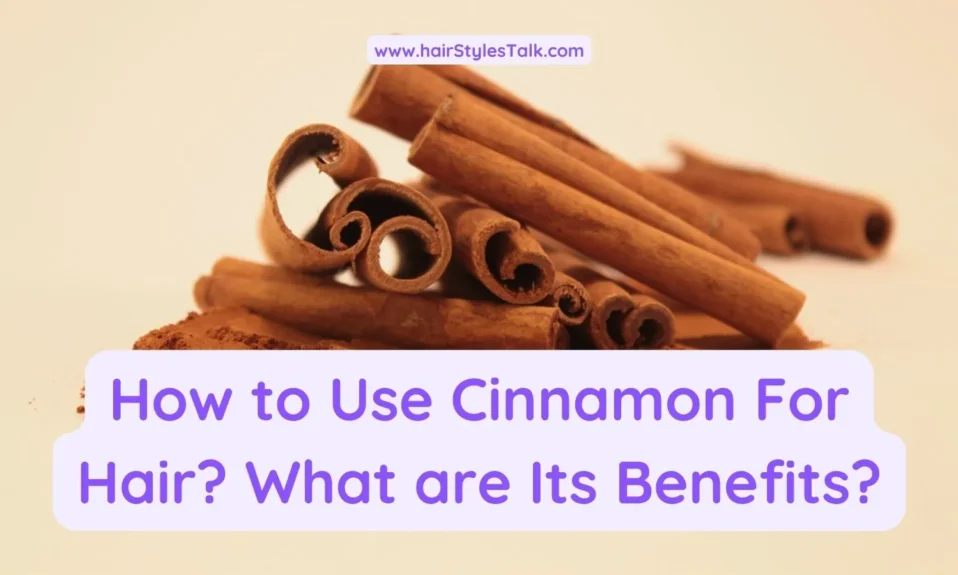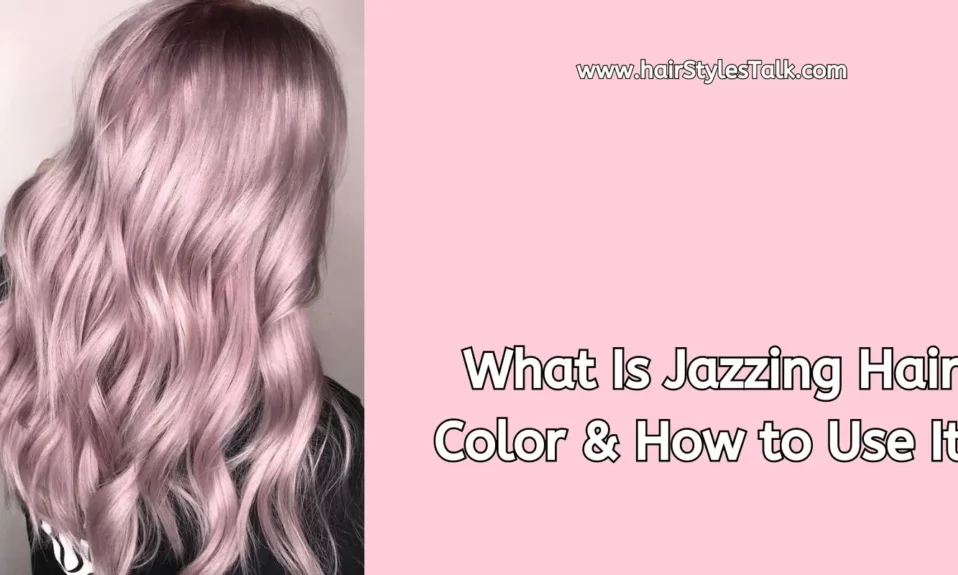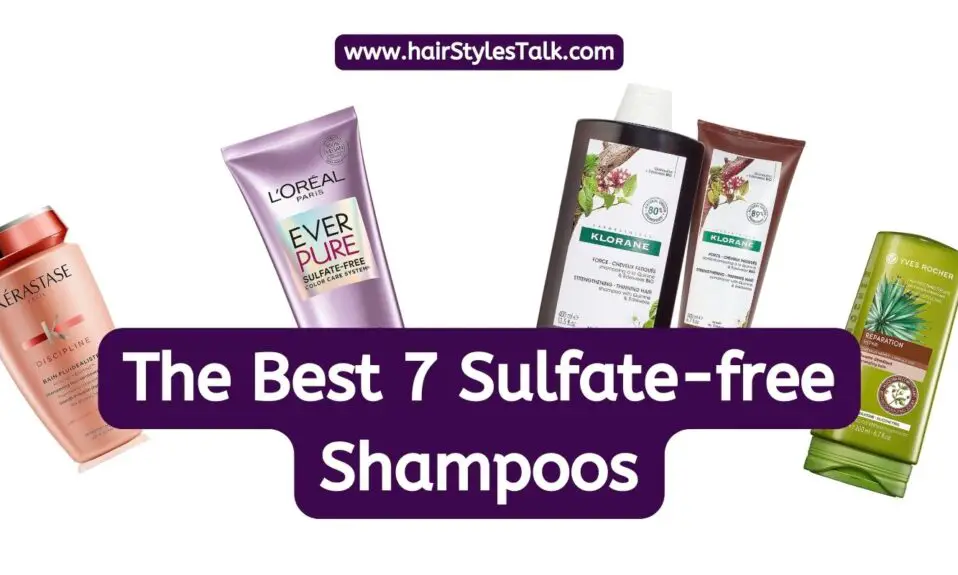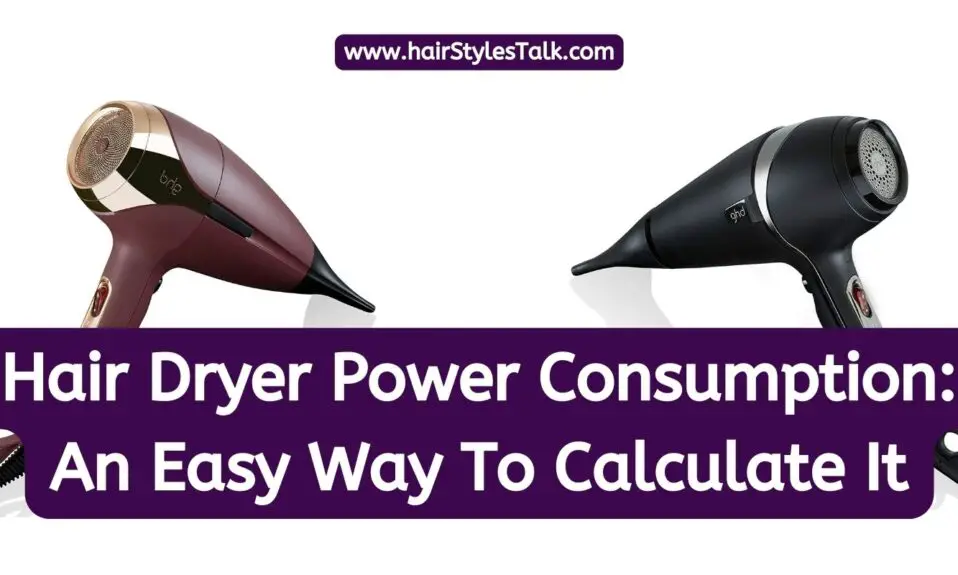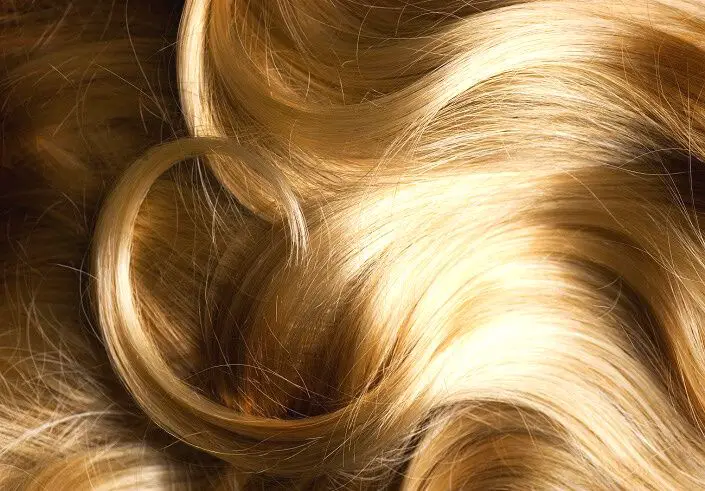Are you blessed with beautiful 2C hair but at a loss when styling it without heat? You’re not alone! Many of us with this unique hair type struggle to find the perfect balance between enhancing our natural waves and keeping our locks healthy. But fear not, because I’m here to guide you through the wonderful world of heat-free styling for 2C hair.
Table of Contents
What is 2C hair?
Before we dive into the styling techniques, let’s quickly define 2C hair. 2C hair is a hair type that falls between wavy and curly. It’s characterized by S-shaped waves that are more defined than type 2A or 2B hair, but not quite as tight as type 3A curls. If you have 2C hair, you probably notice that your waves are prone to frizz and can be a bit unpredictable.

Importance of heat-free styling
Now, you might be wondering, “Why should I bother with heat-free styling?” Well, let me tell you, ditching the heat tools can be a game-changer for your hair health. Heat styling can lead to damage, breakage, and loss of natural texture over time. By embracing heat-free methods, you’re not only protecting your hair but also enhancing its natural beauty. Plus, who doesn’t love a low-maintenance routine that still leaves you looking fabulous?
Understanding 2C Hair
Characteristics of 2C hair
2C hair is like the rebel of the hair world – it’s got attitude, and it’s not afraid to show it! This hair type typically has well-defined S-shaped waves that can range from loose to more pronounced. You’ll often notice that your hair has a mind of its own when it comes to frizz, especially in humid conditions. The volume of 2C hair can vary from moderate to high, giving you that coveted fullness many people dream of. One interesting aspect of 2C hair is that it often has a mix of textures, with some areas being wavier than others, which can make styling both exciting and challenging.
Common challenges
Let’s be real – 2C hair comes with its fair share of challenges. Frizz management is often at the top of the list, with many 2C-haired individuals feeling like their hair has a mind of its own sometimes. The inconsistent wave patterns can also be a source of frustration, as you might find perfectly defined waves in one section and looser, almost straight strands in another. Maintaining definition throughout the day can be tricky, and finding the right balance between moisture and volume is an ongoing journey for many. But don’t worry, we’re about to tackle all these issues head-on with some amazing heat-free styling techniques!
Preparing Your 2C Hair for Styling

Before we jump into styling, let’s talk prep. Think of it as laying the foundation for a beautiful hairstyle – you wouldn’t build a house on shaky ground, right?
Cleansing routine
Your styling journey begins in the shower. The key to a good cleansing routine for 2C hair is to use a sulfate-free shampoo. This type of shampoo will cleanse your hair without stripping it of its natural oils, which are crucial for maintaining moisture and defining your waves. When shampooing, focus on your scalp rather than your length. This approach helps keep your roots clean without over-drying the rest of your hair. For those days when your hair doesn’t need a full wash, consider co-washing – using conditioner to cleanse your hair. This method can help maintain moisture levels and is particularly useful between full shampoo sessions.
Conditioning techniques
Conditioning is crucial for 2C hair, and how you apply your conditioner can make a big difference. Start by applying conditioner from mid-length to ends, avoiding the roots to prevent them from getting weighed down. While the conditioner is in your hair, use this time to detangle. You can use a wide-tooth comb or your fingers – whatever feels most comfortable for you. A technique that many 2C-haired people swear by is the “squish to condish” method. This involves cupping your hair and squishing the conditioner in, which encourages wave formation and helps your hair absorb more moisture.
Detangling methods
Gentle detangling is key to preventing breakage and maintaining your wave pattern. Always detangle when your hair is wet and slippery with conditioner – this is when your hair is most elastic and least prone to breakage. Start from the ends of your hair and work your way up. This approach prevents you from dragging knots down the length of your hair, which can cause damage. While many of us grew up using brushes, they can disrupt your natural wave pattern. Stick to using your fingers or a wide-tooth comb for the best results.
Essential Products for 2C Hair
Now that your hair is clean and detangled, it’s time to talk products. The right products can make or break your heat-free styling efforts.
Leave-in conditioners
A good leave-in conditioner (on Amazon) is like a best friend for 2C hair. It helps to lock in moisture, reduce frizz, and enhance wave definition. When choosing a leave-in conditioner, look for lightweight formulas that won’t weigh your hair down. You want something that will nourish your hair without compromising your natural texture. Apply your leave-in conditioner to damp hair, focusing on the mid-lengths and ends. Remember, a little goes a long way – start with a small amount and add more if needed.
Curl creams and gels
Curl creams and gels are your secret weapons for defined, frizz-free waves. Curl creams provide moisture and light hold, making them great for everyday styling. They can help enhance your natural wave pattern without making your hair feel crunchy or stiff. Gels, on the other hand, offer a stronger hold and can be particularly helpful for frizz control. They’re excellent for creating more defined styles or for use on humid days when your hair needs extra help staying in place. The key is to experiment with different products and combinations to find what works best for your hair. Some people find that layering a curl cream under a gel gives them the perfect balance of moisture and hold.
Oils and serums
When it comes to oils and serums, remember that a little goes a long way with these products. Lightweight oils like argan or jojoba are excellent for sealing in moisture and adding shine to your 2C hair. They can be particularly helpful for taming flyaways and smoothing frizz. Serums, which are often silicone-based, can provide similar benefits and are great for adding a final touch of shine to your style. When applying oils or serums, start with a very small amount – we’re talking a few drops – and focus on the ends of your hair. You can always add more if needed, but it’s hard to remove excess product once it’s applied.
Heat-Free Styling Techniques
Now for the fun part – let’s dive into some heat-free styling techniques that will make your 2C hair shine!
Wash and Go Method
The wash-and-go is probably the most low-maintenance style for 2C hair. It’s all about enhancing your natural texture without much manipulation.
Steps for a successful wash and go
To achieve a great wash-and-go, start by applying your styling products to soaking wet hair. This helps to lock in moisture and encourages clumping of your waves. Use the “praying hands” method to distribute the product evenly – this involves smoothing the product down your hair with your palms pressed together, as if in prayer. Follow this by scrunching your hair from ends to roots to encourage wave formation. You can either air dry your hair or use a diffuser on low heat. If you choose to air dry, try not to touch your hair until it’s completely dry to minimize frizz.
Tips for longevity
To make your wash and go last, avoid touching your hair while it’s drying. Once dry, if you’ve used gel, you might notice a cast or crunch. Don’t panic! This is a good thing. Scrunch out this crunch with a lightweight oil to reveal soft, defined waves. Between washes, you can refresh your style by misting your hair with a mix of water and leave-in conditioner, then scrunching to reactivate your products and reshape your waves.
Twist-Outs
Twist-outs are great for creating more defined waves and curls. They can give your 2C hair a bit more uniformity and definition than a wash-and-go.
How to create perfect twists
To create a twist-out, start with damp hair and apply your styling products. Section your hair – the smaller the sections, the more defined your result will be. Take each section and twist it from root to tip. The key here is consistency: try to use the same amount of tension for each twist. Remember, the tighter you twist, the more defined your waves will be when you unravel them.
Untwisting and styling
Allow your twists to dry completely before unraveling them. Overnight drying usually works best, but you can also sit under a hooded dryer if you’re short on time. When unraveling, use a bit of oil on your fingers to reduce frizz. Gently separate each twist to create volume, but be careful not to overdo it – too much separation can lead to frizz.
Braid-Outs
Similar to twist-outs, braid-outs can give you beautiful, beachy waves. They’re a great option if you find your hair doesn’t hold a twist well.
Braiding techniques for 2C hair
For a braid-out, you’ll want to create multiple braids throughout your hair. The number of braids will depend on how defined you want your waves to be – more braids will result in more definition. Braid tightly at the root for added volume, but you can braid a bit looser towards the ends if you want a more relaxed wave. Don’t be afraid to experiment with different braid sizes and techniques to find what gives you the best results.
Achieving defined waves
As with twist-outs, let your braids dry completely before taking them out. When you’re ready to unravel, do so carefully to avoid creating frizz. Gently separate your waves with your fingers, and consider using a light-hold spray to set the style. The result should be beautiful, beachy waves that showcase the best of your 2C texture.
Flexi Rod Sets
Flexi rods are fantastic for creating bouncy, spiral curls. They can give your 2C hair a more uniformly curly look if that’s what you’re after.
Choosing the right rod size
The size of the flexi rod you use will determine the size of your curls. Larger rods will give you looser, more relaxed curls, while smaller rods will create tighter spirals. For a natural look, consider using a mix of different sizes throughout your hair. This can help mimic the natural variation in your 2C texture.
Application and drying process
To create a flexi rod set, start with damp hair and apply your styling products. Take a section of hair and wrap it around the rod, securing the ends. The tightness of your wrap will affect your final curl pattern, so try to be consistent. You can either air dry your set or use a hooded dryer. Whichever method you choose, make sure your hair is completely dry before removing the rods. Once dry, gently remove the rods and separate your curls with oiled fingers for volume and definition.
Bantu Knots
Bantu knots can create gorgeous, voluminous curls. They’re a great option if you want to add some serious bounce to your 2C hair.
Creating Bantu knots
To create Bantu knots, start with damp hair and apply your styling products. Section your hair based on how defined you want your curls to be – more sections will result in more definition. Take each section and twist it tightly, then wrap it around itself to form a knot. Secure with bobby pins if needed. The number of knots you create will depend on your hair length and the size of curls you want.
Unraveling and styling
Allow your Bantu knots to dry completely – overnight is usually best. When you’re ready to unravel, do so gently, using oiled fingers to reduce frizz. Separate your curls carefully for volume, but be mindful not to overdo it. The result should be bouncy, voluminous curls that give your 2C hair a whole new look.
Nighttime Routines for 2C Hair
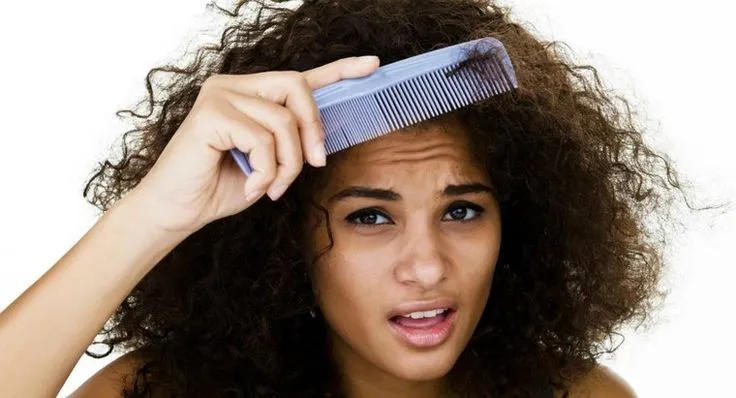
Protecting your style overnight is crucial for maintaining those beautiful waves. A good nighttime routine can mean the difference between waking up with defined waves and starting your day battling frizz.
Pineappling technique
The “pineapple” is a lifesaver for 2C hair. This technique involves gathering your hair loosely at the top of your head, creating a shape that resembles a pineapple. Use a soft scrunchie or a gentle hair tie to secure your hair. The pineapple helps preserve your wave pattern while you sleep and reduces frizz caused by friction against your pillow. In the morning, simply release your hair, give it a gentle shake, and maybe scrunch in a bit of product to refresh your style.
Silk or satin accessories
Investing in some silky sleep accessories can make a world of difference for your 2C hair. A silk or satin pillowcase is a great start – it reduces friction as you move in your sleep, which means less frizz and breakage for your hair. If you want to take it a step further, try a silk bonnet or scarf. These provide even more protection for your hair, keeping it contained and frizz-free throughout the night. In the morning, you’ll likely find that your waves have retained their definition much better than if you’d slept on a regular cotton pillowcase.
Refreshing 2C Hair Between Washes
Let’s face it, wash day can be a lot of work. Knowing how to refresh your 2C hair between washes can save you time and keep your waves looking great for days.
Misting and re-styling
One of the easiest ways to refresh your 2C hair is with a spray bottle. Fill it with water and add a small amount of your favorite leave-in conditioner. When your waves are looking a bit tired, simply mist your hair lightly with this mixture. The water will reactivate the styling products already in your hair, while the leave-in conditioner adds a boost of moisture. After misting, scrunch your hair gently to encourage your wave pattern to reform. You might find that certain sections need a bit more attention – don’t be afraid to finger-coil or twist these areas to blend them with the rest of your hair.
Touch-up techniques
For those days when your hair needs a bit more help, try some targeted touch-up techniques. If you notice frizzy areas, apply a small amount of styling cream or gel to these sections. Use your fingers to twist or braid unruly sections to help them blend with the rest of your hair. A light oil can be great for smoothing flyaways and adding shine. Remember, the key is to use small amounts of product and build up if needed – it’s much easier to add more than to deal with over-productized hair.
Dealing with Common 2C Hair Issues
Even with the best techniques, 2C hair can sometimes have a mind of its own. Let’s tackle some common issues and how to address them.
Frizz control
Frizz is often the nemesis of 2C hair, but there are ways to keep it under control. Start by swapping your regular towel for a microfiber towel or an old t-shirt when drying your hair. The smoother texture of these fabrics causes less friction, which means less frizz. When styling, apply your products to soaking wet hair – this helps to lock in moisture and smooth the hair cuticle. Once you’ve styled your hair, resist the urge to touch it while it’s drying. Every time you run your fingers through your hair, you’re potentially disrupting your wave pattern and creating frizz.
Enhancing definition
If you’re struggling with definition, there are a few techniques you can try. The “denman brush” technique can be great for creating more defined waves. This involves using a Denman brush (or similar brush with widely-spaced rows of teeth) to distribute product and clump your waves together. Experiment with different product combinations – some people find that layering a leave-in conditioner, curl cream, and gel gives them the best definition. If your waves are looking limp, consider incorporating a protein treatment into your routine. Protein can help strengthen your hair and enhance your natural texture.
Managing volume
Volume can be both a blessing and a curse for 2C hair. If you’re looking to add volume, try using root clips while your hair is drying. These lift the roots away from your scalp, creating volume at the crown. Diffusing your hair upside down can also help add some serious oomph to your style. On the flip side, if you find you have too much volume, you might want to experiment with heavier styling products. These can help weigh your hair down slightly, giving you a sleeker look. Remember, the key is finding the right balance for your unique hair.
Seasonal Care for 2C Hair
Your 2C hair needs different care as the seasons change. Adapting your routine to the weather can help you maintain healthy, beautiful waves all year round.
Summer protection
Summer can be tough on 2C hair. The sun, heat, and humidity can wreak havoc on your waves. To protect your hair, look for leave-in conditioners that contain UV protection. This can help shield your hair from sun damage, which can lead to dryness and color fading. On particularly hot and humid days, you might want to try protective styles like braids or buns. These can help keep your hair off your neck and minimize exposure to the elements. If you’re hitting the beach or pool, don’t forget to rinse your hair afterward. Both chlorine and salt water can be drying, so a quick rinse can help prevent damage.
Winter moisture retention
Winter brings its own set of challenges for 2C hair. The cold, dry air outside and the heated air inside can both contribute to moisture loss. To combat this, you might want to deep condition more frequently during the winter months. This extra boost of moisture can help keep your waves defined and frizz-free. Consider using a humidifier in your home or office to add moisture to the air. This can benefit both your hair and skin. You might also want to switch to richer, more moisturizing products during the winter. Heavier creams and oils that might weigh your hair down in summer can be perfect for providing extra nourishment in the colder months.
Conclusion
Styling 2C hair without heat doesn’t have to be a challenge. With these techniques and a bit of patience, you can embrace your natural waves and keep your hair healthy and beautiful. Remember, every head of 2C hair is unique, so don’t be afraid to experiment and find what works best for you.
The key to success with 2C hair is understanding your hair’s needs and being willing to adapt your routine. Pay attention to how your hair responds to different products and techniques. What works perfectly in summer might not be ideal for winter. A style that looks great on day one might need some tweaking to refresh on day three.
Don’t get discouraged if you don’t achieve perfect results right away. Learning to style 2C hair is a journey, and it takes time to find the perfect routine for your unique texture. Be patient with yourself and your hair. Embrace the good hair days and learn from the not-so-good ones.
Most importantly, remember that your 2C hair is beautiful in all its wavy glory. Whether you’re rocking a wash-and-go, sporting beautifully defined twist-out waves, or trying out bouncy flexi-rod curls, your hair is a reflection of your unique beauty. Embrace your waves, have fun with different styles, and rock that gorgeous 2C hair with confidence!
FAQs
- Can I straighten my 2C hair without heat?
While it’s challenging to get completely straight hair without heat, you can try techniques to elongate your waves and create a smoother look. The wrap method involves combing your damp hair in a circular direction around your head, securing it, and allowing it to dry. This can help stretch out your waves. Banding is another technique where you section your damp hair and secure each section with elastic bands along its length. As your hair dries, it’s encouraged to dry in a straighter pattern. Keep in mind that these methods may not result in pin-straight hair, but they can help reduce your natural wave pattern for a change of style.
- How often should I wash my 2C hair?
The frequency of washing depends on your individual hair needs, but many people with 2C hair find that washing 2-3 times a week works well. Pay attention to how your hair feels – if it’s starting to feel oily or weighed down, it’s probably time for a wash. Some people with 2C hair also find that co-washing (washing with conditioner only) between shampoo sessions helps maintain moisture without stripping the hair.
- Can I use a regular towel to dry my 2C hair?
While you can use a regular towel, it’s not the best option for 2C hair. Regular terry cloth towels can create friction, leading to frizz and potentially damaging your hair. Instead, opt for a microfiber towel or an old cotton t-shirt. These materials are gentler on your hair and can help reduce frizz. Remember to blot or scrunch your hair dry rather than rubbing it vigorously.
- How can I make my heat-free styles last longer? T
here are several ways to extend the life of your heat-free styles. Protecting your hair at night is crucial – try the pineapple method and use a silk or satin pillowcase. During the day, avoid touching your hair too much, as this can create frizz. When your style starts to look a bit tired, refresh it with a mix of water and leave-in conditioner. Scrunching this into your hair can help reactivate your styling products and reshape your waves.
- Is it necessary to use gel on 2C hair?
While not absolutely necessary, many people with 2C hair find that gel helps define their waves and control frizz. Gel can provide hold and structure to your waves, helping them maintain their shape throughout the day. However, if you prefer a softer, more natural look, you might find that a leave-in conditioner and curl cream are sufficient. As with all aspects of hair care, it’s about finding what works best for your unique hair.


